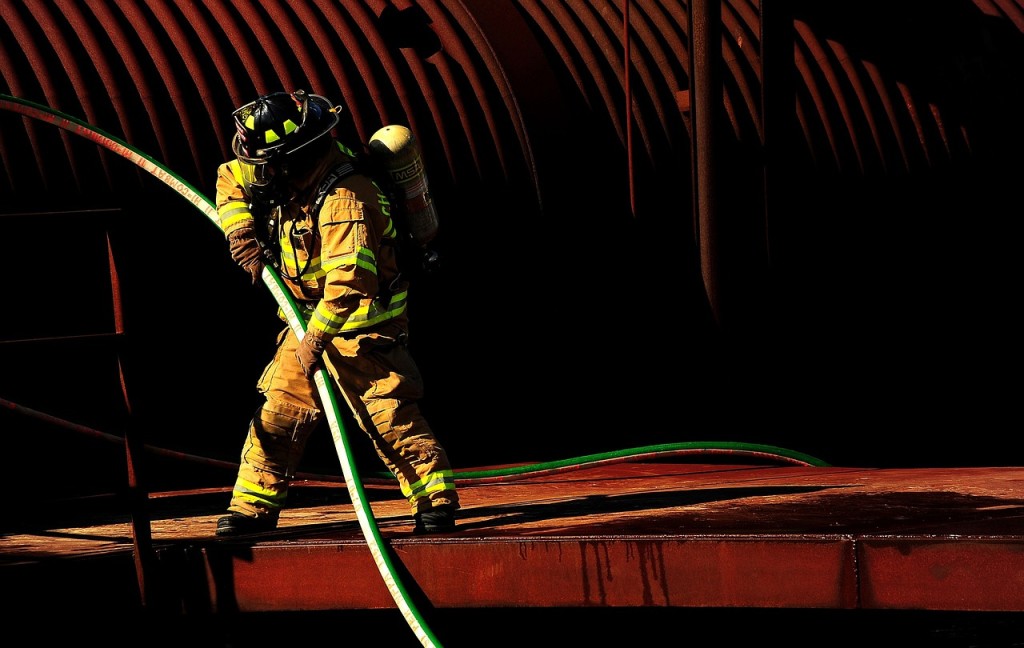
According to figures provided by HSE, more than 200 people will die doing their job in any 12 month period and in excess of 1 million employees will suffer an injury.
Add to that the fact an estimated 2 million people will suffer an illness which is either caused directly or influenced by their work, and you quickly appreciate the importance of having a safety training strategy for your business.
Equipment suppliers like Aerial Platforms for example, provide training on how to use their equipment safely, and your business should ideally create its own effective safety training strategy in order to try and avoid any employees becoming an unfortunate contributor towards the HSE accident statistics.
The purpose of adequate training
Training is a fundamental part of learning how to carry out a task and do a job to an acceptable level of competency, but it also provides the opportunity to supply the education needed to identify and manage risks.
When you provide a good level of training for your staff, it demonstrates workforce competency and instils confidence and recognition of their importance to the business.
This can translate into a loyal and committed workforce which is also beneficial for the longevity and success of the company, by demonstrating to customers that you care for your staff and will be a good business to develop a relationship with.
The purpose of adequate training often goes beyond basic safety procedures and is an investment in your business future too.
Delivering the training
One of the first things to determine when developing a strategy is who needs the safety training within the business.
If you are self-employed and run your own business, it is obviously down to you alone to keep yourself up to date with the knowledge required to identify specific hazards and manage risk.
Anyone that works in your business needs to be trained to a sufficient level that allows them to be able to work safely at all times. If the business employees a larger workforce and it is left to departmental managers or supervisors to deliver the necessary training, they need to be experienced and competent enough to deliver the training to an acceptable level.
Induction training
It should become part of company policy to ensure that all new employees are given suitable induction training when they start working for the business.
Basic health and safety measures and procedures need to be covered during this induction process, which means that aspects such as first aid and fire evacuation procedures are covered in the company health and safety handbook or document provided when they join.
Keeping track
There is often confusion surrounding keeping records when it comes to training.
It is not currently compulsory to keep a training record as part of your health and safety obligations, but it is good practice to keep details of training provided and to get employees to sign off when their training has been completed.
Keep these records with your other health and safety documentation, so that you can easily refer to this information should a situation arise at some point in the future.
Robert James has worked for many years in a safety training role. He enjoys the chance to impart his observations on this subject and has already offered his thoughts on a number of different websites.

